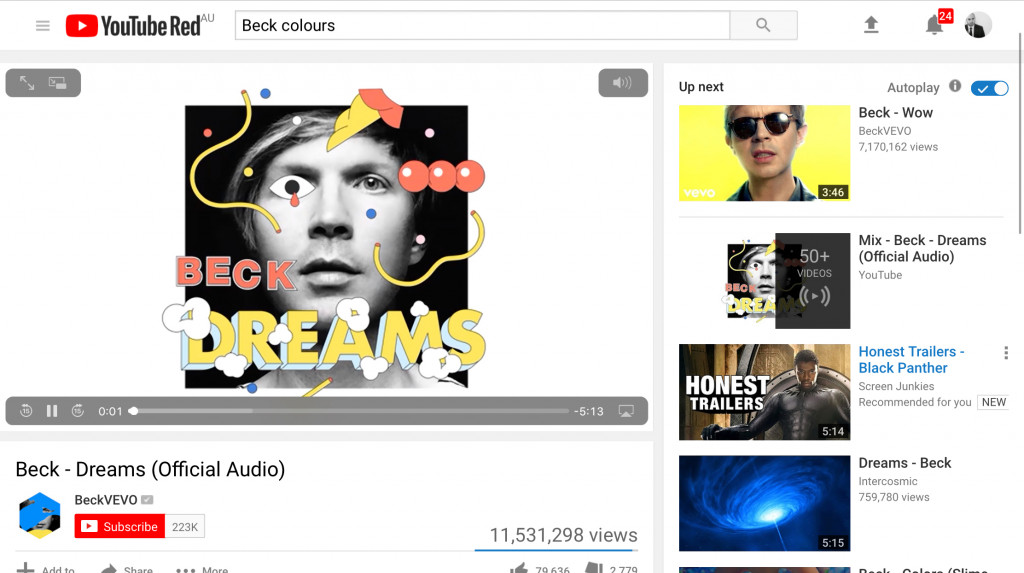Spotify won’t be the only free music service in Australia next week, as Google’s YouTube launches its own competitor with some interesting additions.
True story: I once met a person who didn’t understand music. At the time, the iPod was still relevant (this was before the iPad), and she told me she owned an iPod Touch to surf the web, not for music playback. For the next few hours, I tried explaining to them why people listen to music, while they insisted to me that they just preferred sitting in a room listening to silence.
That sort of thing doesn’t happen very often. We don’t normally find people who prefer the sound of nothing to the sound of someone kicking out their favourite tunes, and our lives are steeped in music.
It’s everywhere, and regardless of if you like one style or every, music is catered for.
But music is also not free. The people making it have to get paid, the people releasing the music of those people want to get paid, and generally the companies making the music available online via services also want to get paid, and they’ll do it either by charging you a free or by showing you ads.
That’s how Pandora did it up until its closure in Australia, and it’s how Spotify does it. Free ad-supported music services are rarer than paid streaming services, but there’s one we’ve all used at least once (except the person I mentioned in the story above for obvious reasons) without calling it an actual music service: YouTube.
YouTube is a video service, but music and video is inexplicably intertwined. It’s in music videos, in live concert recordings, in karaoke videos where the lyrics pop up on the screen, and in the internet generation of wanting to listen to anything and not necessarily having access, it’s in videos consisting of the album cover as the video and the song as the music.
And from next week, YouTube’s video service will finally make the transition to being a music service as well.
Aptly named “YouTube Music”, it will arrive in a redesigned mobile app and a desktop based player, and it will catalogue the music on YouTube, while also offering songs, albums, remixes, live performances, artist radio and more.
The system won’t be just videos, because that’s not how all of us have used YouTube for music in the past. It will be songs as well, and just like Spotify, it will come as an ad supported experience for anyone who doesn’t want to pay.
If you do want to pay, you’ll get YouTube Music Premium for $11.99 per month, and it will complement Google Play Music, giving you both for the same price.
But you don’t have to pay, and like how a lot of people just want to get on YouTube to find that song and hear it, that will be allowed. YouTube is talking up its service as a sort of music discovery platform as well, with the ability to find music based on mood, while also being able to describe the song and having YouTube find it.
Like Google Play Music (and likely from the service’s technology it has evolved from), YouTube Music will also support location-based music suggestions, working out where you are from your phone’s history and making suggestions on what you should listen to.
Essentially, YouTube Music sounds like its Google Play Music with videos and a free service, and that’s not bad.
You’ll find it on app stores and on YouTube from May 23, with the ad-free version also available the same time for either $11.99 or free for current Google Play Music subscribers.








